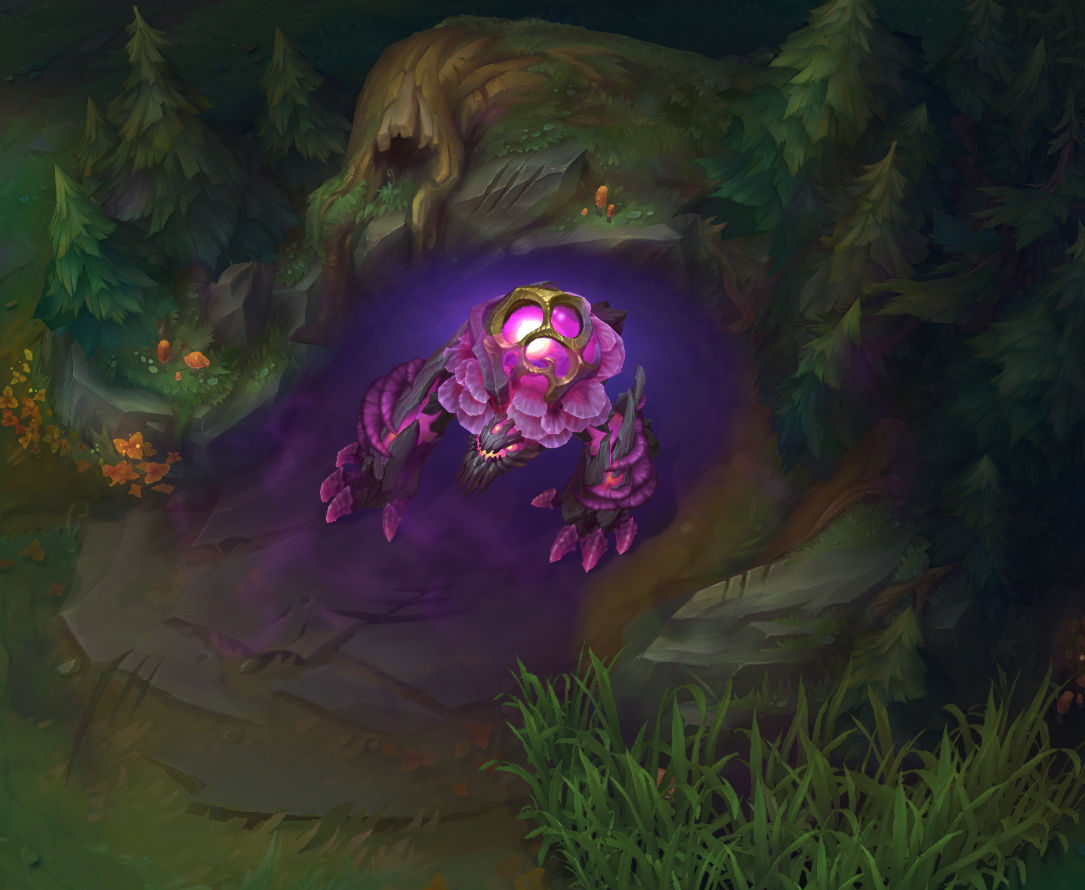Part 1: Introduction
Gamification in Today’s World: A Psychological Journey
In the ever-evolving landscape of business and technology, the concept of gamification has emerged as a potent force, weaving its way into various facets of our daily lives. From mobile apps and social media platforms to corporate training programs, the infusion of game-like elements has proven to be a transformative strategy. This article embarks on a comprehensive exploration of the psychology behind gamification, delving into its roots, impact, and the intricate web it weaves in the minds of participants.

Understanding Gamification
The term “gamification” refers to the incorporation of game mechanics, dynamics, and design techniques into non-game contexts to engage and motivate individuals. The primary goal is to harness the innate human desire for competition, achievement, and reward, translating these elements into a diverse range of activities. From loyalty programs enticing customers with points and badges to fitness apps turning exercise into a quest, gamification has infiltrated various domains.
The Power of Play
Human beings, by nature, are drawn to play. It is an inherent aspect of our cognitive development, serving as a fundamental means of learning, problem-solving, and social interaction. Gamification leverages this innate inclination, tapping into the psychological mechanisms that make games so captivating. As individuals engage in gamified experiences, they enter a realm where challenges become opportunities, obstacles transform into quests, and mundane tasks adopt a cloak of excitement.
The Evolution of Gamification
The roots of gamification trace back to the early days of video games, where simple scoreboards and achievements motivated players to push their limits. Today, gamification extends far beyond the gaming industry, infiltrating education, healthcare, marketing, and employee training. The evolution of technology has been a driving force, providing new avenues for integrating game elements seamlessly into diverse environments.
Part 2: Score: The Art of Measurement
Decoding Points, Badges, and Leaderboards: The Metrics of Success
As participants immerse themselves in gamified experiences, one of the central elements shaping their journey is the concept of scoring. Points, badges, and leaderboards serve as the backbone of gamification, creating a tangible framework for tracking progress, setting goals, and fostering a sense of accomplishment.
The Psychology of Points
Points act as the currency of gamification, symbolizing achievements and progress. From the euphoria of reaching a milestone to the disappointment of a setback, the psychological impact of points is profound. The human brain responds to scoring with a release of dopamine, the neurotransmitter associated with pleasure and reward. This neurochemical reaction establishes a positive reinforcement loop, encouraging individuals to continue their pursuit of points.
Badges: Symbols of Achievement
In the world of gamification, badges are the digital medals bestowed upon participants for specific accomplishments. These visual representations of success serve both as external recognition and internal motivators. The psychology behind badges taps into the fundamental human desire for status and recognition, providing a sense of pride and accomplishment. As participants accumulate badges, they construct a narrative of their journey, showcasing their expertise and dedication.
Leaderboards: The Quest for Superiority
Leaderboards introduce a competitive edge to gamified experiences by ranking participants based on their performance. The psychological impact of leaderboards is twofold – the pursuit of reaching the top and the fear of falling behind. This dynamic fosters a sense of competition and camaraderie, driving individuals to outperform their peers. The leaderboard becomes a virtual arena where participants strive for supremacy, transforming a solitary journey into a collective quest for excellence.
Balancing Act: The Art of Design
While the allure of scoring mechanisms is undeniable, the art lies in crafting a balanced system. Excessive emphasis on points can lead to burnout, while an overly competitive leaderboard may discourage some participants. Understanding the delicate interplay of these metrics is essential for creating a gamified experience that motivates and inspires without overwhelming.
Part 3: Compete: The Thrill of Challenges
Challenges as Catalysts: Unleashing Human Potential through Gamification
As individuals navigate the gamified landscape, challenges emerge as catalysts for growth, learning, and achievement. The competitive spirit inherent in gamification transforms ordinary tasks into exciting quests, propelling participants towards excellence. This section explores the psychology of challenges within the gamification framework and their profound impact on human behavior.
The Psychology of Challenge
Challenges are not merely obstacles to overcome; they are invitations to tap into one’s full potential. The human psyche is wired to seek mastery and overcome hurdles, making challenges a potent motivational tool. The carefully designed difficulty levels of challenges stimulate the flow state, a psychological concept where individuals are fully immersed and focused on the task at hand. In the realm of gamification, challenges become the conduits through which participants experience the exhilarating blend of skill and effort.
Autonomy and Mastery: The Twin Pillars of Motivation
Gamification aligns with two fundamental principles of motivation – autonomy and mastery. The freedom to choose challenges and the opportunity to master new skills create a sense of empowerment and fulfillment. As participants conquer progressively challenging tasks, they experience a profound sense of achievement, fueling their motivation to tackle even more ambitious goals. The gamified environment becomes a playground for self-discovery and growth.
Collaboration in Competition
While gamification often introduces an element of competition, it also fosters collaboration. Challenges become shared objectives, encouraging participants to work together to overcome obstacles and achieve common goals. This duality of competition and collaboration taps into the complexity of human social dynamics, creating a multifaceted experience that transcends individual achievements.
Feedback Loop: Nurturing Progress
The gamification journey is incomplete without a robust feedback mechanism. Constructive feedback serves as a compass, guiding participants on their path to improvement. Whether through immediate feedback on a completed challenge or a comprehensive performance review, the feedback loop is crucial for maintaining engagement and steering individuals towards continuous development.
Part 4: Win: The Psychology of Rewards
Victory Unveiled: Unraveling the Impact of Rewards in Gamification
The culmination of the gamification journey is the attainment of rewards. Beyond the tangible prizes, rewards hold a profound psychological significance, acting as the pinnacle of motivation and the validation of one’s efforts. This section unravels the intricate psychology behind rewards in gamification and their role in shaping behavior and fostering a sense of accomplishment.
The Allure of Rewards
Rewards serve as the lighthouses guiding participants through the gamified seas. Whether in the form of virtual trophies, real-world incentives, or exclusive privileges, rewards encapsulate the essence of achievement. The psychological allure lies in the anticipation and fulfillment of these rewards, creating a sense of purpose and motivation that propels participants forward.
Intrinsic vs. Extrinsic Motivation
Gamification strikes a delicate balance between intrinsic and extrinsic motivation. While intrinsic motivation stems from the internal desire for mastery and personal growth, extrinsic motivation is fueled by external rewards. Successful gamification designs seamlessly integrate both, aligning individual goals with external incentives. The synergy between intrinsic and extrinsic motivation creates a powerful force that sustains engagement and fuels long-term commitment.
The Role of Dopamine
Dopamine, often referred to as the “feel-good” neurotransmitter, takes center stage in the psychology of rewards. The anticipation and reception of rewards trigger dopamine release, creating a sense of pleasure and reinforcing the behavior that led to the reward. This neurological process establishes a positive feedback loop, linking accomplishments with a sense of joy and satisfaction.
Beyond the Finish Line
The impact of rewards extends beyond the moment of achievement. Rewards serve as landmarks, marking milestones in the gamification journey. They become symbols of perseverance, dedication, and success. The psychological imprint of these rewards lingers, influencing future behavior and fostering a sense of pride and accomplishment. Beyond the finish line of a single challenge, rewards become the building blocks of a continuous journey towards personal and collective excellence.
Conclusion
The Enduring Legacy of Gamification: A Psychological Odyssey
As we conclude our exploration of the psychology behind gamification, it becomes evident that this phenomenon is not merely a trend but a dynamic force shaping the way individuals engage with tasks and challenges. From the allure of scoring mechanisms to the thrill of overcoming challenges and the profound impact of rewards, gamification taps into the fundamental aspects of human psychology. As businesses, educators, and innovators continue to harness the power of gamification, the journey of points, challenges, and rewards becomes an enduring odyssey, guiding individuals towards excellence and self-discovery. The psychology of gamification is a testament to the timeless appeal of play and the transformative potential it holds in every realm of human endeavor.










